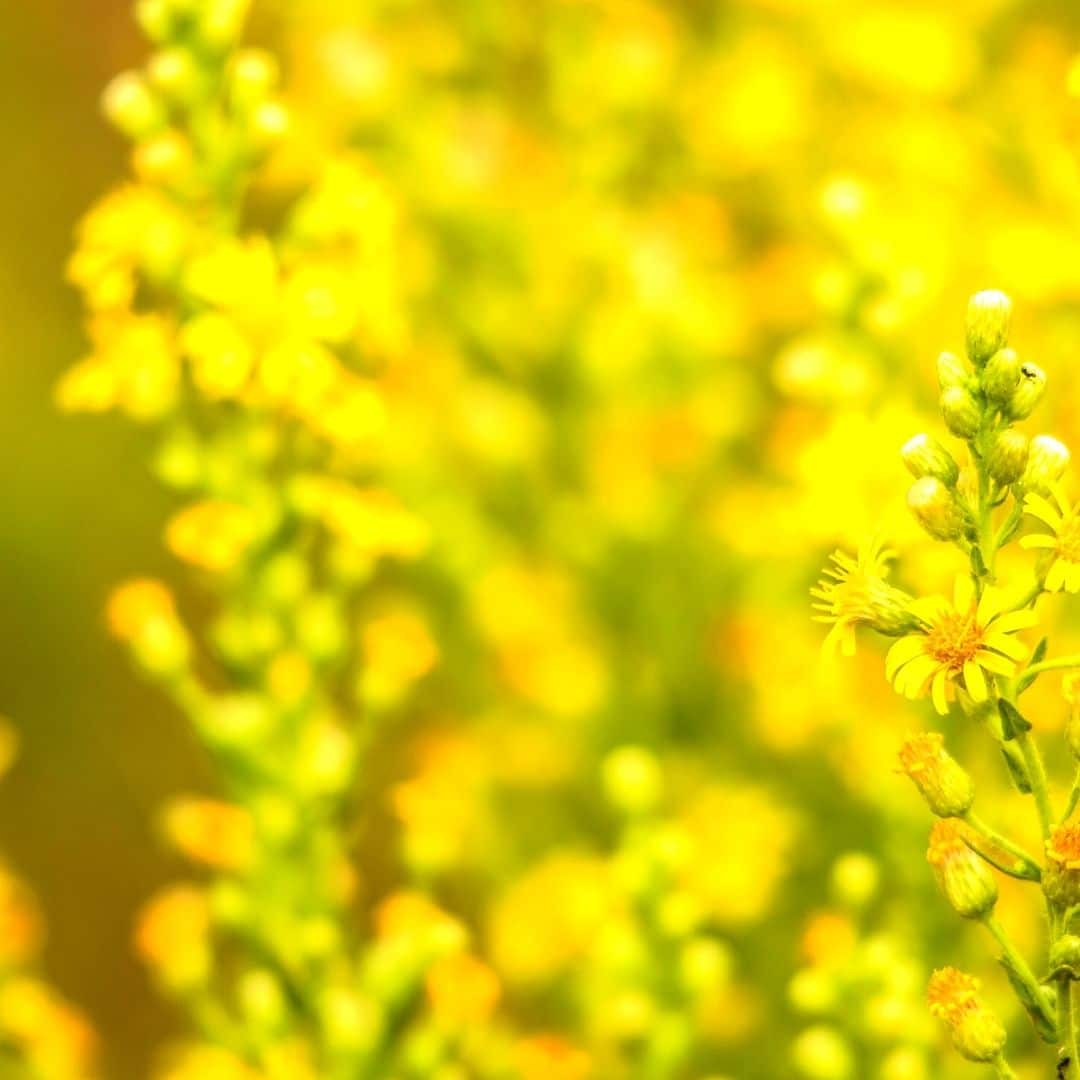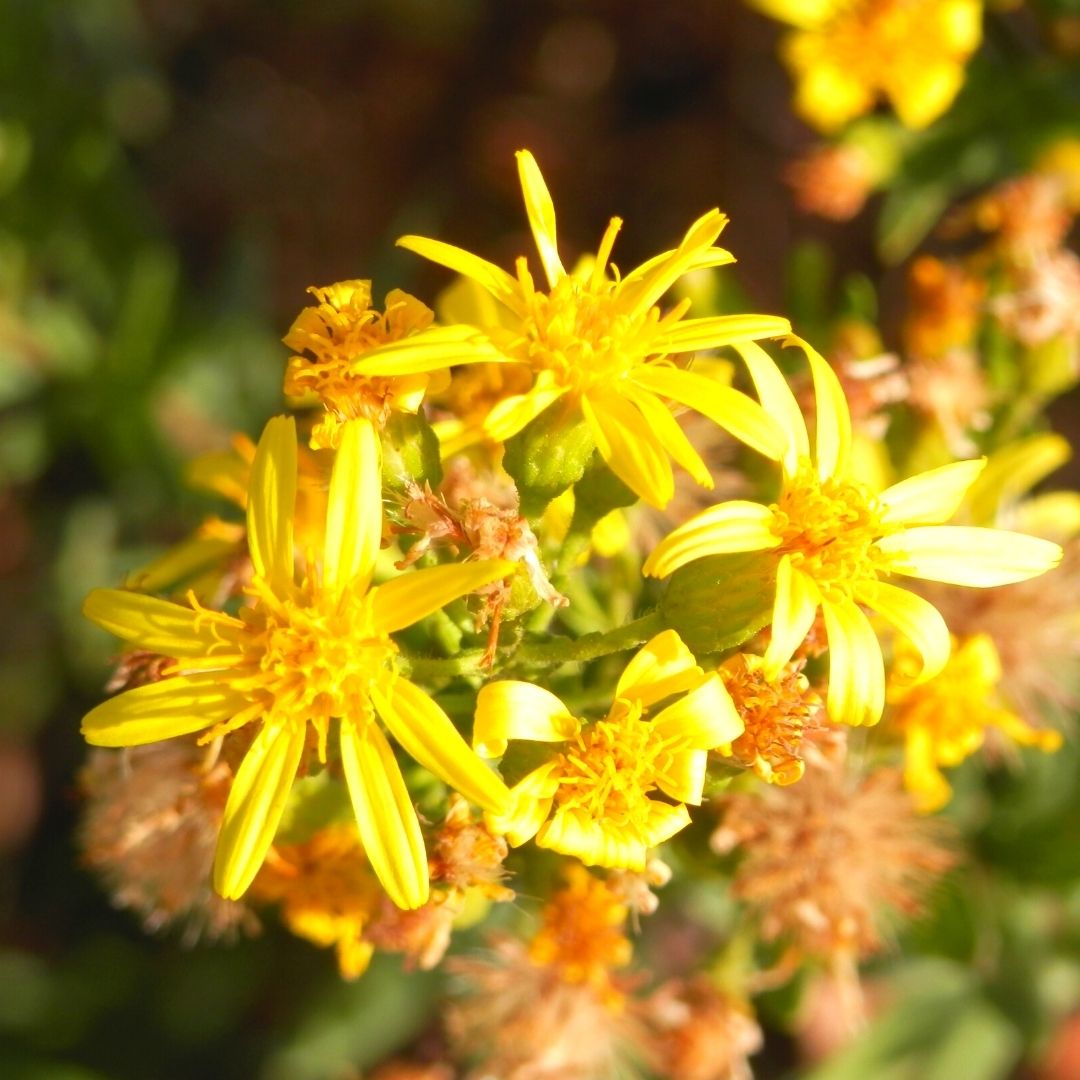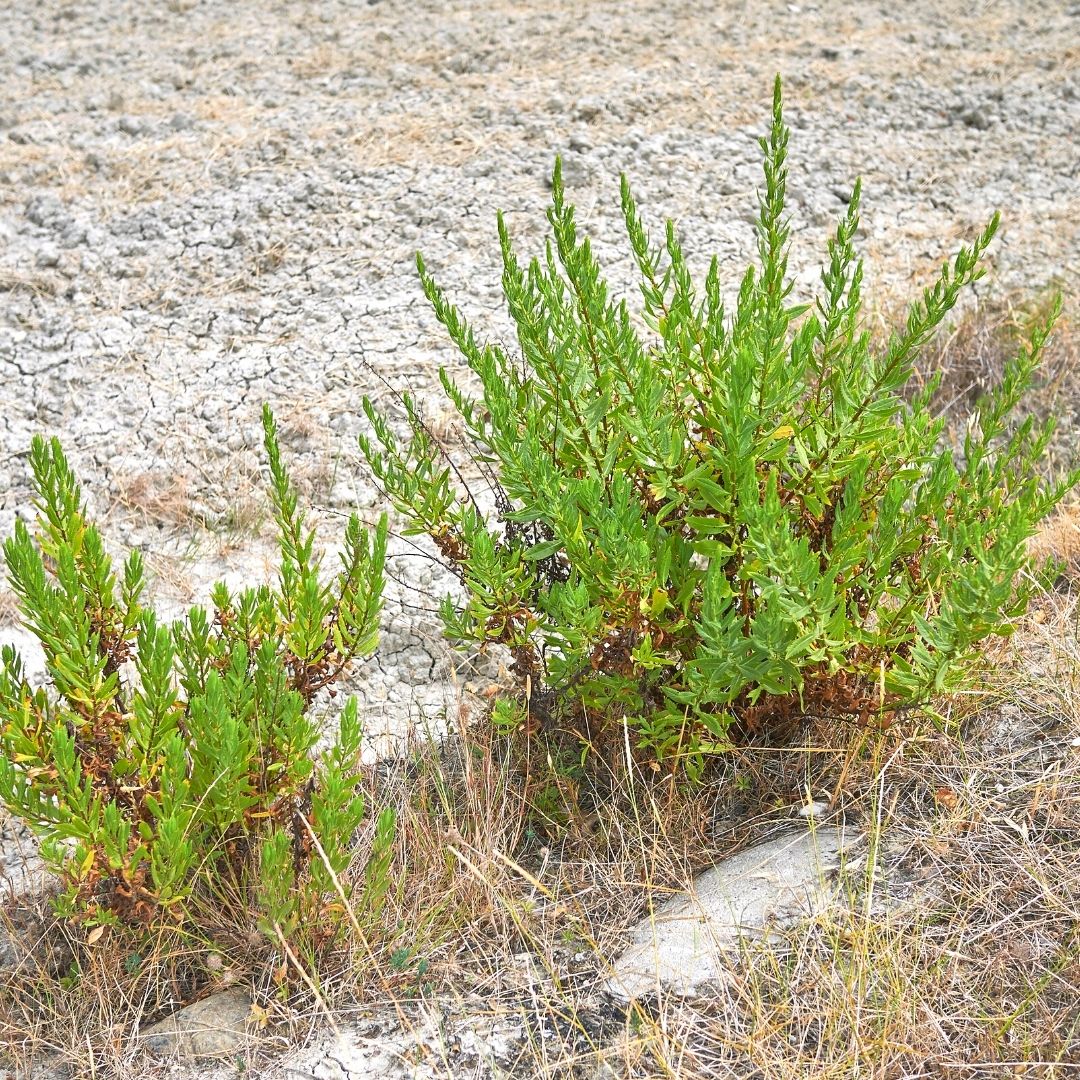Foraging Gozo. Sea Beet.
Sea Beet is found growing wild on Gozo and is a great alternative to chard.
Author of, Weeds For Health On Gozo, Heléna Szöllősy shares everything you need to know about the wild plants that make up Gozo’s unique and diverse flora. Enjoy learning about the healing benefits and many usages of False Yellowhead which grows on Gozo from August to November.


Botanical Name: Dittrichia viscosa - L. Synonyms: Erigeron viscosus, Cupularia viscosa, Chrysocoma saxatilis, Conyza major, Inula viscosa Family Name: Asteraceae or Compositae Maltese Name: Tulliera komuni Common Names: False Yellowhead, Aromatic Inula, Sticky Fleabane, Woody Fleabane, Yellow Fleabane Meaning of the Name: Dittrichia, named for the German botanist Manfred Dittrich (1934- ), viscosa, from Latin, sticky, clammy; referring mainly to the sticky exudate from the glandular hairs. Inula, from Helen of Troy, being fabled to have sprung up from the ground where her tears were supposed to have fallen.
False yellowhead is a sturdy perennial shrub that grows in the wild around the Mediterranean basin. It is an aromatic plant that disperses the smell of camphor. The leaves and stems of the plant are coated with a sticky resin secreted from glandular hairs growing on the surface of the leaves. One plant can produce many yellow flower heads each with as many as 16 ray florets and 44-disc florets.
On Gozo, it flowers from August to November. The longer period of exposure to pathogenic attacks during the hot summer is postulated to selectively enhance the local plant’s production of defensive phytochemicals. The increased UV protection of the leaf is made possible by the release of the resin on the leaf’s surface.


Want to learn what else you can forage on Gozo? Click here.
Author : Heléna Szöllősy. Editor: GITH

Helena is an expert on the medicinal properties of plants having trained in Herbal Medicine and Naturopathy, specialising in Phytotherapy including Homeopathy, Aromatherapy, Apitherapy and Bach Flower Therapy.
Information on the traditional uses and properties of herbs are provided in this book for educational purposes only and is not intended as medical advice. This information is not intended to be used to diagnose, prescribe or replace professional medical care. If you have any serious health concerns, you should always check with your health care practitioner before self-administering herbs. Please also undertake your own research when foraging. Some wild plants are endangered and are protected by law.
Sea Beet is found growing wild on Gozo and is a great alternative to chard.
Did you know Wild Asparagus Is really good for your skin? You can find it on Gozo all year round.
Wild Artichokes Are found growing wild on Gozo and super healthy for the liver.
Small White Clover, found growing wild on Gozo and known to be lucky makes a great pudding!